
We are at a bright point in the history of mountain biking. Bikes and components have never been so good, and finding a truly bad frame would take work. With all of the discussion around frame geometry, consumers are better prepared to select bikes that fit their riding style and trails than ever before.










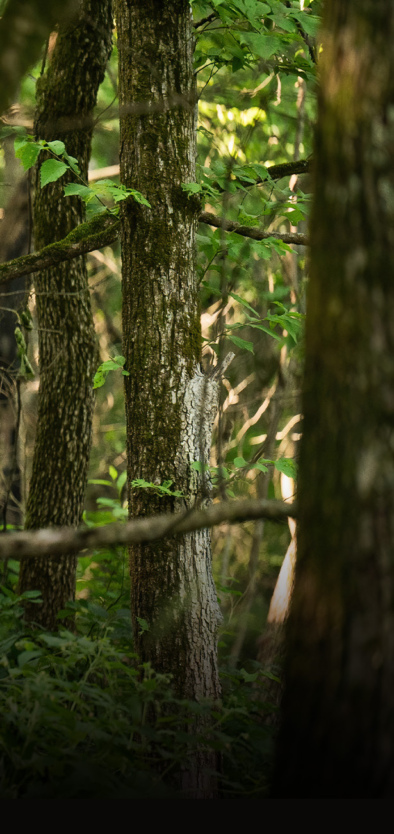


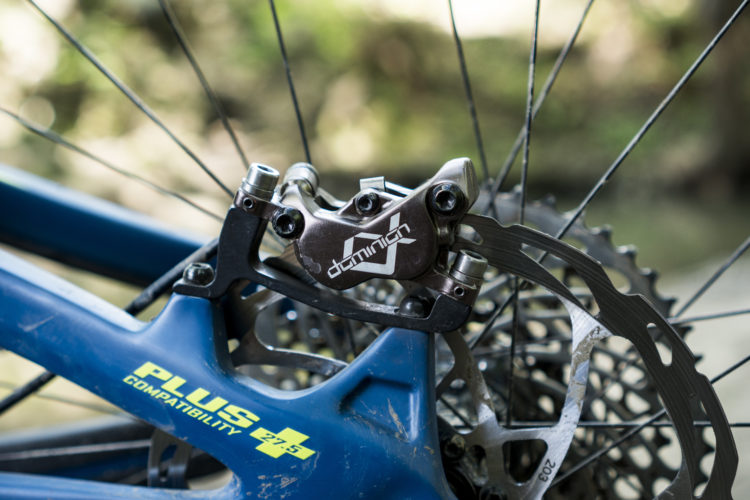
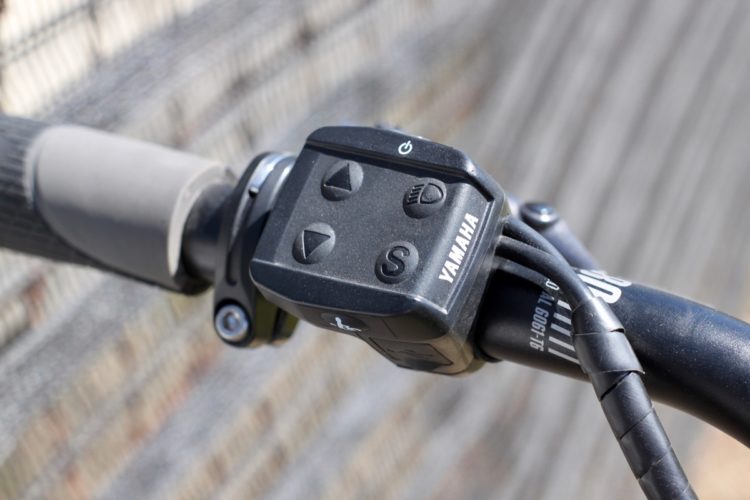
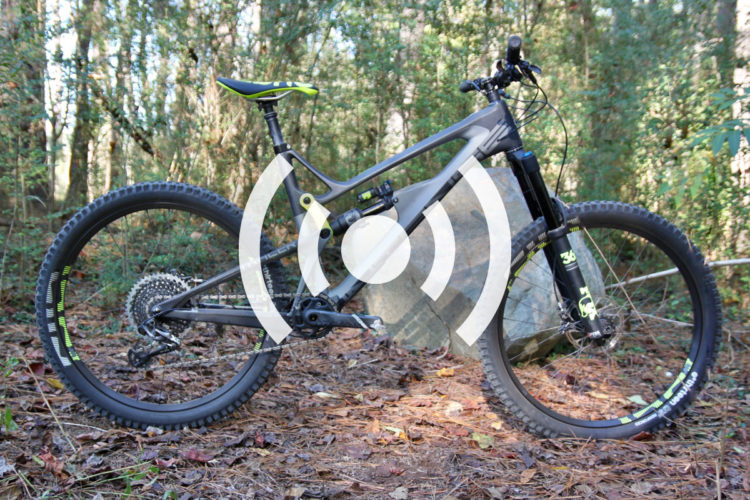

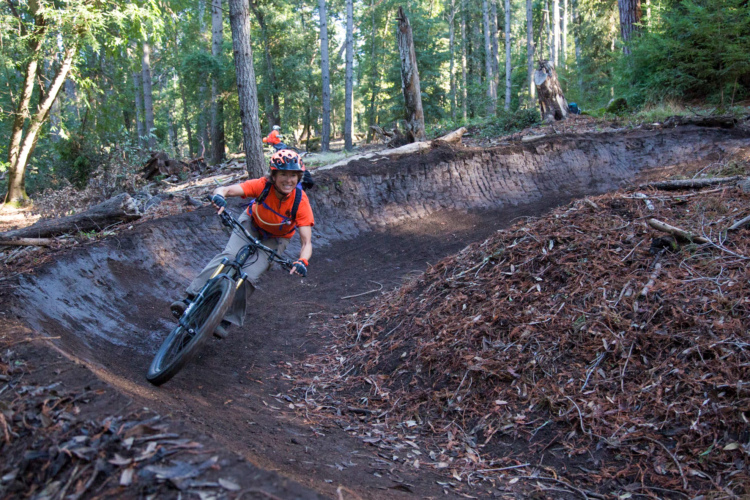
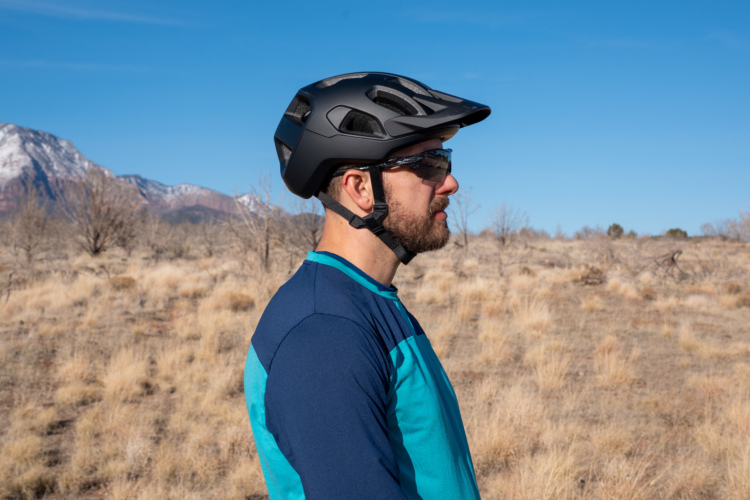


11 Comments
Oct 27, 2019
No single geo number makes a bike. At this point, I can’t help but roll my eyes every time Gerow posts an “article”...
Seriously, this content is just lazy.
Oct 27, 2019
Reach to the bars, BB to grip (hand position), and hand position to front axle.
The first sets my comfortable position. The second the weight distribution that suits my riding style.
There are no current production bikes that work for me. MTBs are too long, road/gravel bikes too short (I use a different reach).
Oct 28, 2019
Reach is of course how you fit a bike to yourself, so while it matters to picking the right size model of the frame for yourself, in the end you have choices and so will pick the one that's right. it's an easy to satisfy criteria.
However what is hard about Reach is that it's no longer a useful measurement for comparing bikes. This is because over the reads handle bars have changed in riser reach, riser rise, and handlebar curvature. These changes exceed the actual change in reach that different sizes of a bike have on the frame! so measuring reach from the seatpost to the steer tube doesn't let you compare bikes. This is especially true when transitioning from one style of bile to another (trail to enduro) or from a much older bike to a new one. Buying on-line makes this problem a serious challenge.
we need a new reach spec called arms+torso, and another one called "torso angle". Those will actually determine what model size you need.
Another spec that is more useful than head tube angle and wheel base is "center of torso to front axle angle). From a physics point of view this is the ONLY spec that determines how leading the front of th ebike is and whether you will go over the handle bars. The head tube angle doesn't play a role since the force axis is from the riders center of mass to the axle. Where the head tube angle matters is about how much the front sags and how much the wheel base changes on compression. It also affects how responsive your steering is. Many people who think they need a slack fork might possibly be better off with a longer reach and a less slack fork. THe latter will steer and climb better and have less geometry change on compression, yet have the same center of mass to axle force angle.
Oct 28, 2019
Oct 27, 2019
Oct 27, 2019
Oct 28, 2019
* Reach
* Head angle
* Seat tube angle
* Stack
That's how I start. I know my current bike is wrong for me in the first three. It is cramped, it is sketchy and it is hard to keep the front wheel down on climbs.
For my next bike, I'll probably over compensate on all these measures.
Oct 27, 2019
The next geometry measurements that I want to know is headtube and seattube angle . For Trailbikes, a headtube angle of ~66 degrees and a seattube angle of ~76 degrees (both give or take about 1 degree) seems about right.
In the end, if a Trailbike doesn't have clearance for at least 29x2.6 tires and an ~66 degree HTA and ~76 degree STA, then I'm not interested.
Oct 27, 2019
Oct 27, 2019
Rear center (RC, AKA horizontal CS length) should be proportional to WB length, which determines how rearward/centered/forward your out-of-saddle position will be to feel balanced, with enough weight on each wheel for traction.
I fill out my quiver based on WB length first, and rather than susp travel and HA:
Agile/playful 1120-1180mm WB bike (405-425 RC)
All-rounder 1180-1240mm WB bike (425-440mm RC)
High Speed 1240-1300mm WB bike (440-450 RC)
BB drop is prob 2nd or 3rd in ranking for how it affects the ride handling. It creates that stable feel, in which you feel in the bike, rather than on top. Less likely to get bucked and go over the bar with a healthy amount of BB drop. The "mechanical trail", or the amount the wheel's contact point is behind the steering axis, shares the 2nd/3rd spot on the podium for important geo figures. The higher this is, the more the bike turns when leaned over a certain amount and the more the bike self-centers itself (resists steering) when moving forward; the lower this is, the more the bike needs direct steering input.
Oct 28, 2019
but in terms of MTB CHARACTERISTICS specifically, i would say chainstay length and head tube angle both play the most important roles since these affect all other dimensions like wheelbase and bb drop